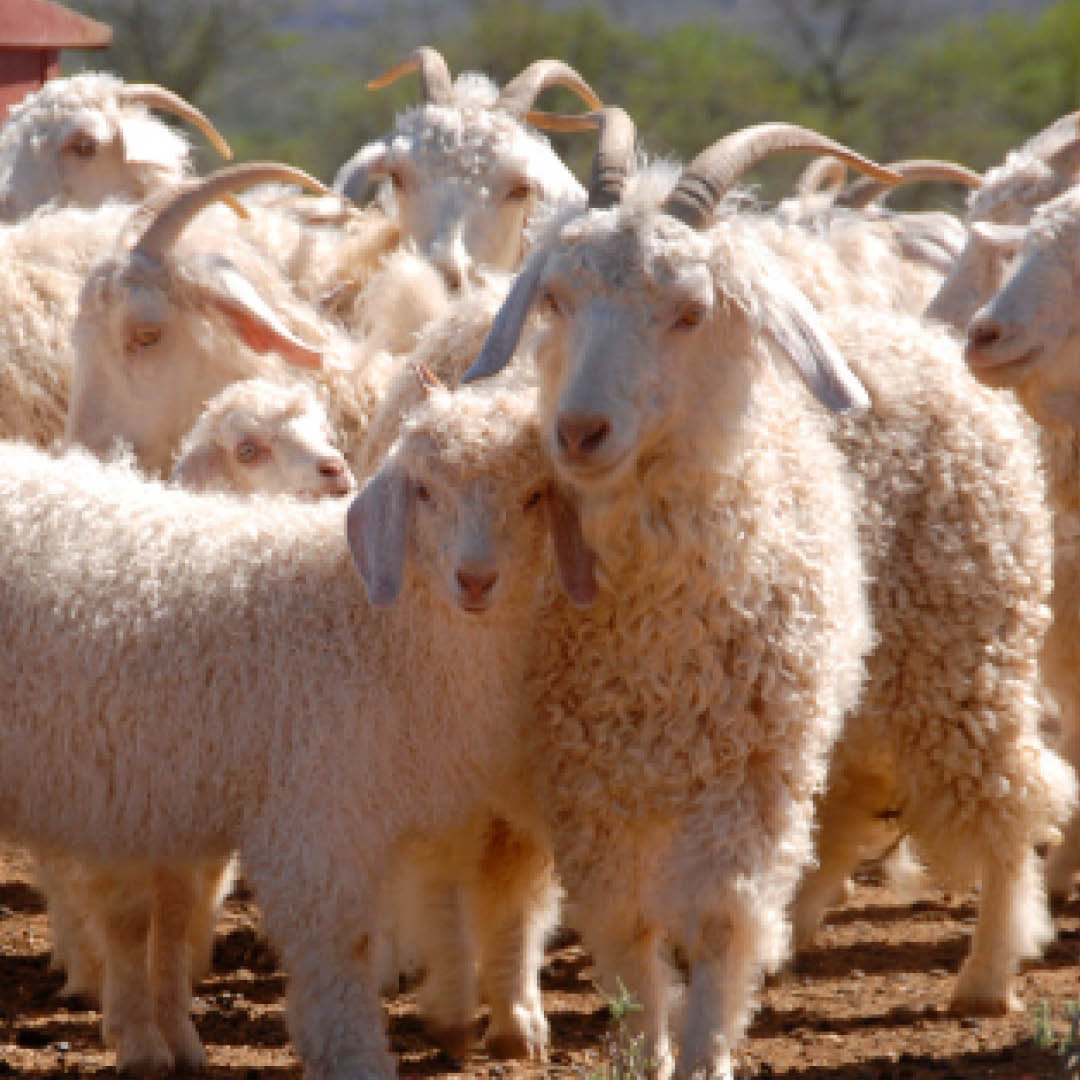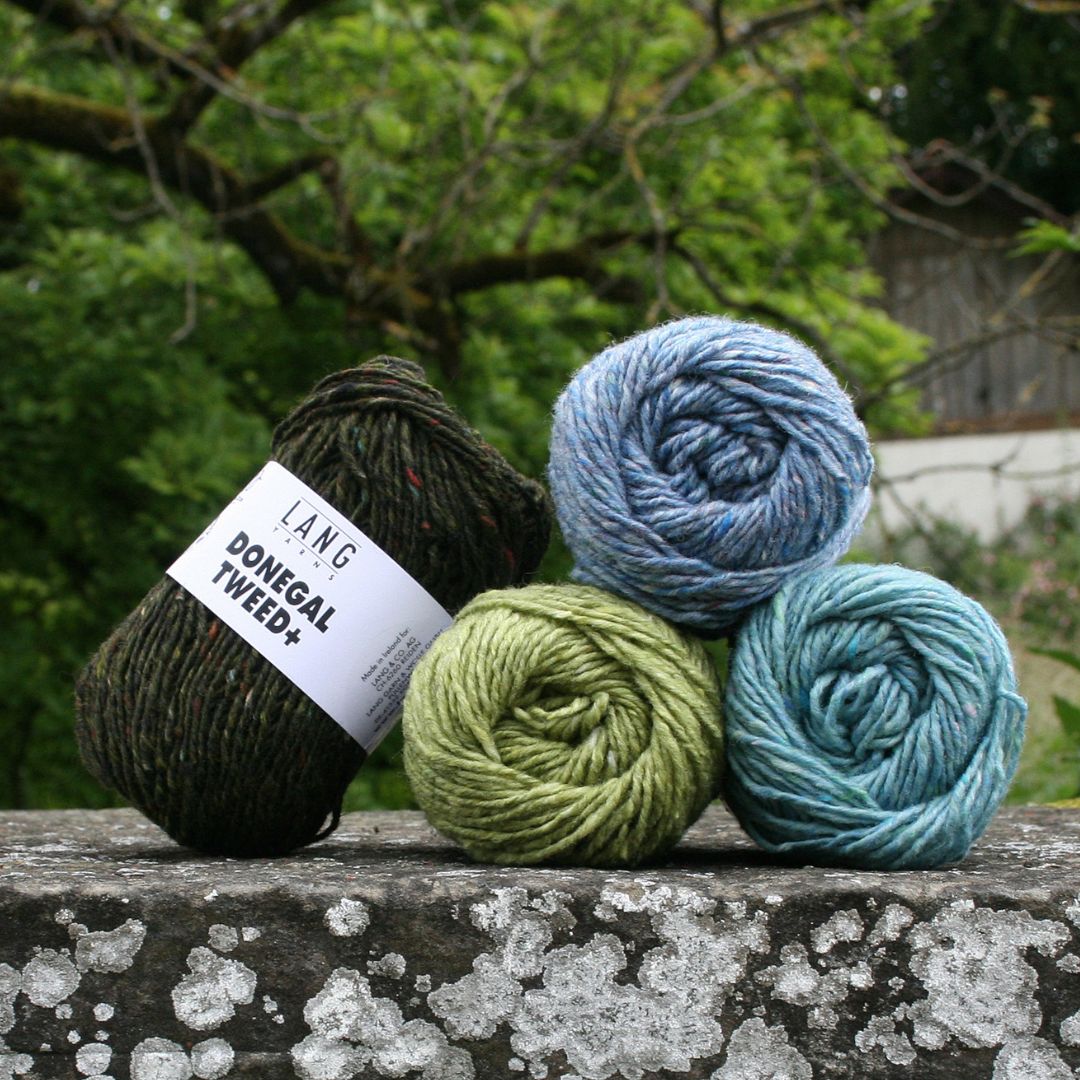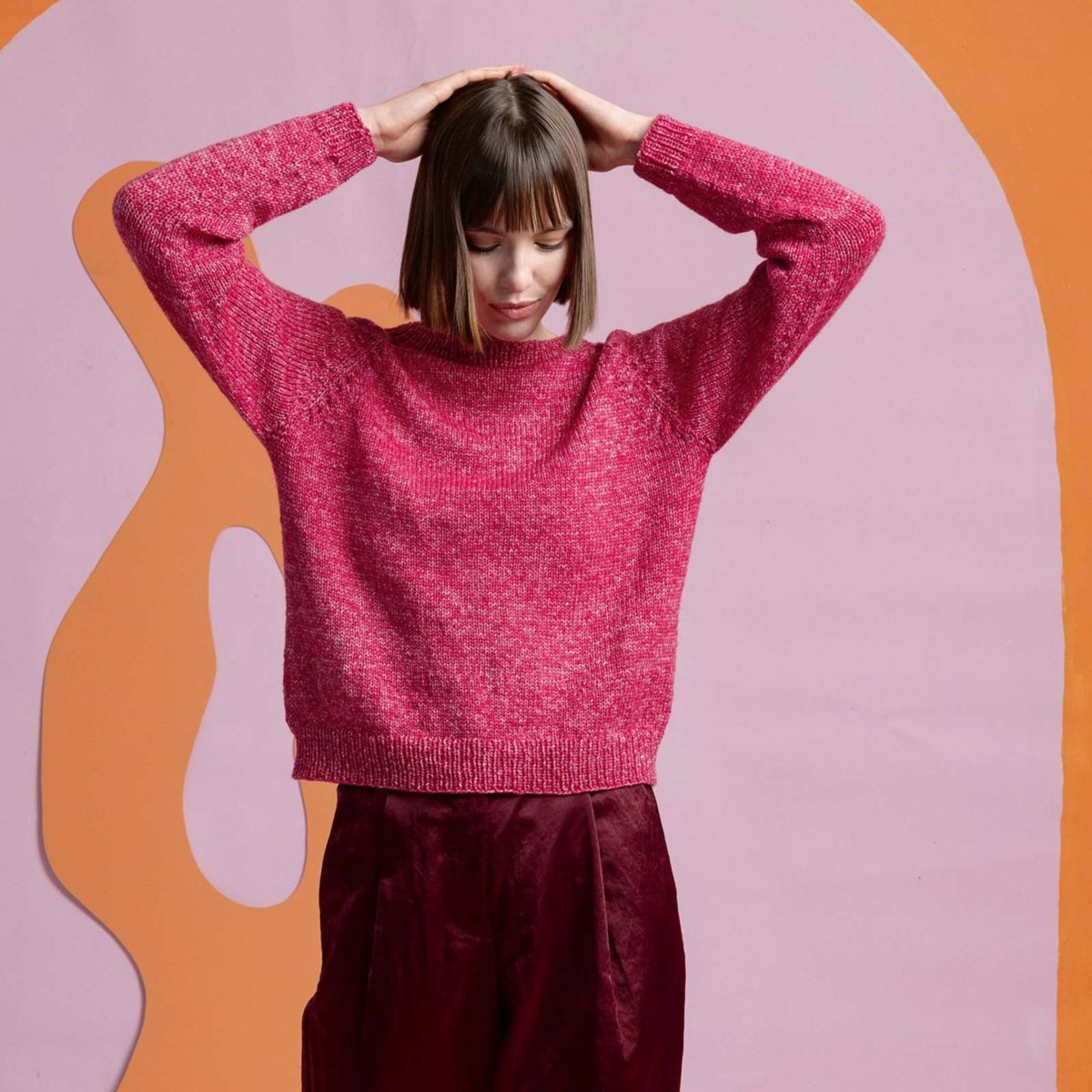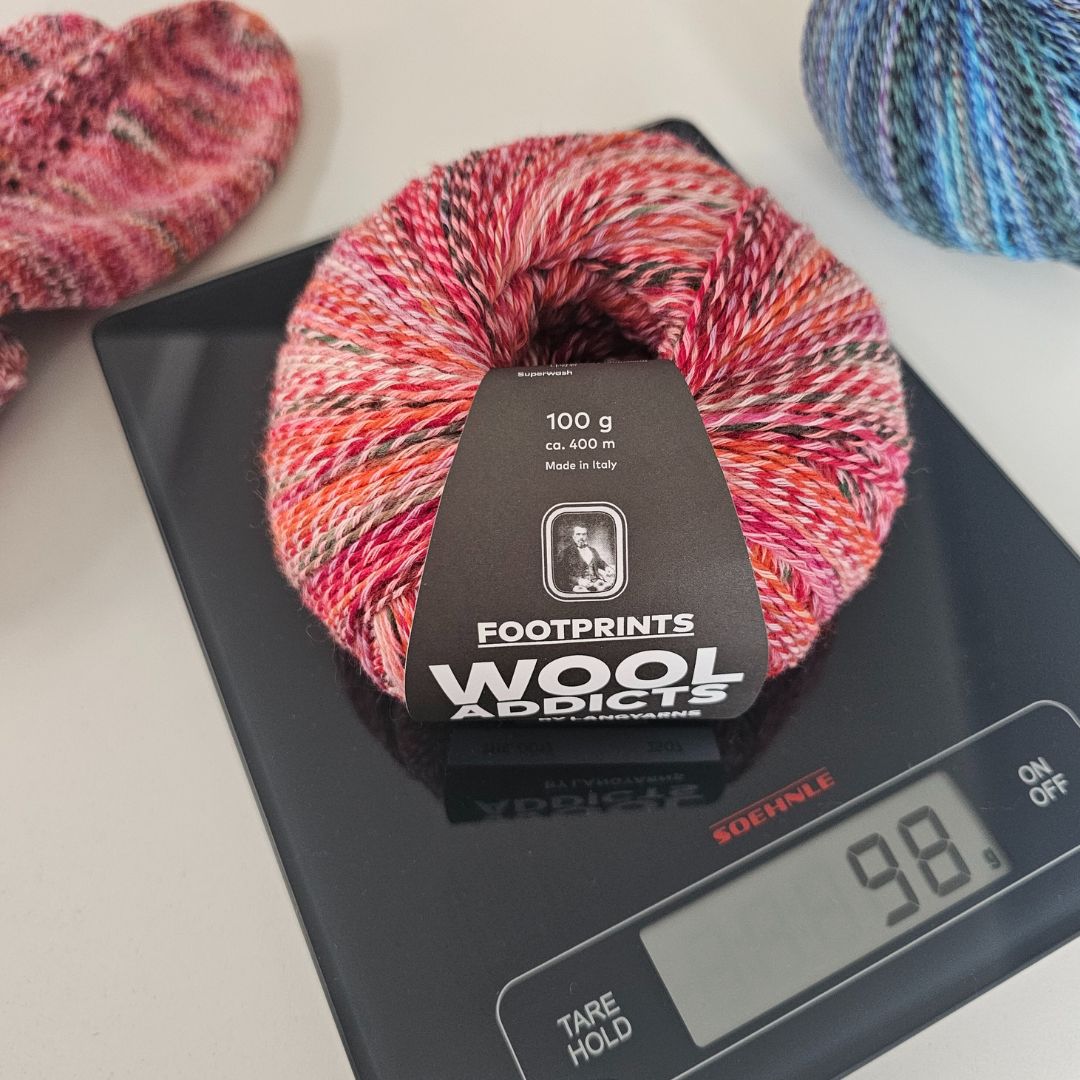Cotton yarns are amongst the kindest to your skin, the softest and most beloved of hand knitting yarns. With its many pleasing properties, such as good absorbency and a cool handle, cotton is very suitable for knitting and crocheting in summer. Defined, fine cotton twists are stable and soft to work with. Once knitted or crocheted, you have an easy-care and long-lasting product.
Behind the use of cotton yarn stands thousands of years of complex and resource intensive production:
Yarns were produced from cotton as early as 5800 BC. For more than 3000 years, cotton has been cultivated and processed in India. In Europe, the beneficial qualities of the plant were first discovered in the Middle Ages. Cotton textiles were a luxury then, and they took more time to produce than silk textiles. With industrialisation, the production of material from cotton became more affordable in Europe.
But what makes cotton so unique ?
What we call cotton is the seed hairs of the mallow plant Gossypium. The seeds develop long, fine hairs all over their surface, the lint. These fibres, which grow in the seed capsule or boll, are used as a raw material to produce paper, building materials, cotton wool and, of course, yarns and textiles. The cotton fibre is made up of 95 % cellulose, this is the highest cellulose content of all plant fibres and makes cotton particularly hypoallergenic and kind to skin. The absorbency of cotton varies between 10 % and 20 %, according to humidity. Cotton fluffs up well and is extremely absorbent, with a very good breaking strength. The fibre is covered in a waxy layer, so will remain water repellent if left untreated.

Under the microscope, a cross-section shows cavities in the fibre and their slightly flat form. A cotton fibre is 10 to 60 mm long. The length and fineness of the fibre is crucial in determining the quality and processing. The finer the fibre, the higher the quality. While the longer fibres are made into yarns, the shorter ones are used to make cotton wool for the cosmetics industry.
For the plants to grow well, they require a large amount of water, a sandy loam soil and plenty of warmth. For this reason, cotton plants primarily grow in the tropical to subtropical regions around the equator. The most important countries for cotton cultivation include China and India, but also Turkey, Central Africa and America, and the Southern States of the USA. For perfect growth, the fields are irrigated. The crop is harvested after 8 to 12 months, during the dry season. Chemical pesticides are often used to protect very susceptible cotton plants.

Prior to industrialisation, the cotton bolls filled with lint needed to be harvested, sorted and carded by hand. Today, the harvesting of cotton and separation of the fibres from the boll is mostly done by machine. The seeds separated from the cotton are further processed to make oil, soap and wax or are used as seed. Further processing of the raw cotton yields lint, short fibres that cannot be spun. Lint may be used as a raw material, for example in the production of CUPRO. After the harvest, the cotton is classified, pressed into bales and delivered to the spinners. There the cotton is mechanically cleaned, carded and drawn parallel ready for spinning into yarn.
Pima cotton
Pima cotton is the designation for a high quality type of cotton. The fibres of Pima cotton are distinctive for their length, sheen and fineness. This type of cotton will only flourish in a few places, as it has specific requirements regarding soil conditions. Pima cotton is mainly grown in Egypt and the USA.
Organic cotton
High consumption of water, pesticides and genetically modified seeds is required to meet the high demand for cotton, but this has major implications for the ecosystem. Organic cotton is the answer for a more environmentally friendly alternative to conventional methods of cotton cultivation. Organic cotton is grown and cared for without the use of plant protection methods.
Gassed and mercerised cotton yarn
On the ball bands of our cotton yarns you will find the description «mercerised and gassed cotton».
Mercerised means that a cotton yarn has been improved by putting it through a chemical process using caustic soda. The fibres of the cotton swell up and have a more rounded cross-section with a smoother surface. This gives the yarn a shiny effect, along with a silky touch. After mercerisation, the cotton yarns are softer, they have increased breaking strength and are better protected against shrinkage.
Gassing, on the other hand, is the process whereby any small protruding hairs are singed off the cotton yarn. This produces a smoother surface, which makes it easier to crochet or knit with the yarn.
Cotton at LANGYARNS
We offer you a broad selection of high quality cotton yarns. In this range you will find 100 % organic cotton yarns, as well as yarns comprising Pima cotton and more conventional cotton fibres. The fibres with the most beautiful qualities and necessary attributes are chosen to complement the yarn construction. The origin of the cotton fibres used includes cotton from Turkey, Peru and the USA. We have developed classic threads for you, created light clouds of cotton and invented stunning effect yarns with explosions of colour. Our cotton yarns are produced with great care and dedication in order to bring you the maximum enjoyment from your knit and crochet!
Sources
Material Archiv 2024, Baumwolle, https://materialarchiv.ch/de/ma:material_561?type=all (ref 15.04.24).
Hessnatur Textillexikon 2024, Bio-Baumwolle, https://www.hessnatur.com/magazin/textillexikon/baumwolle/ (ref 15.04.2024).
Remei 2024, https://remei.ch/fibre-to-fashion/bio-baumwolle/ (ref 15.04.2024).










